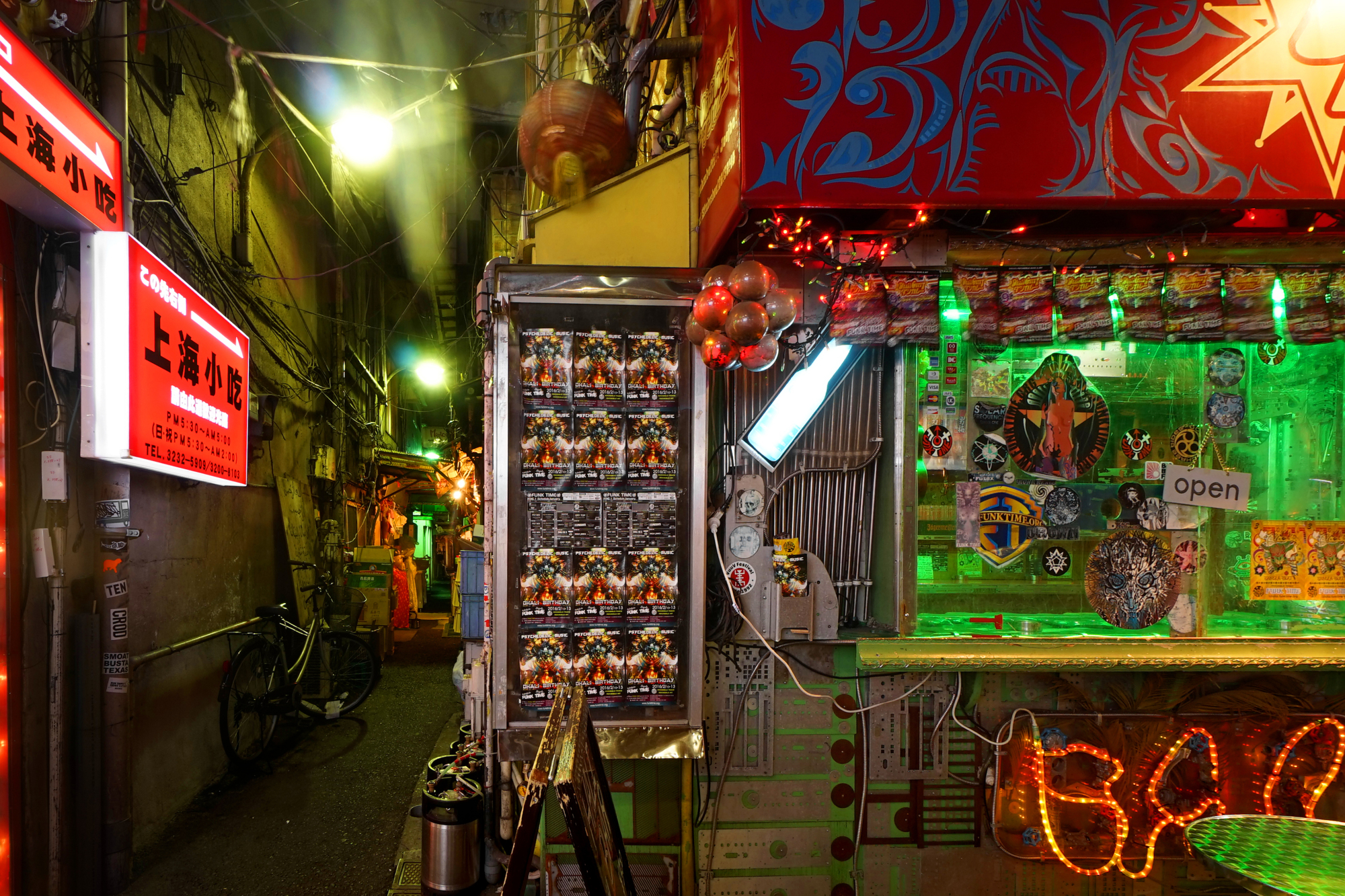Hidden behind the capital's glassy high-rises and bustling shopping streets are dusty remnants of red-light districts and smoky bar alleys preserving traces of an older Tokyo — pockets of history Hisaki Kurosawa explores to catch glimpses of the other, more textured face of the slickly modern metropolis.
The 57-year-old author and editor of "Tokyo Deep Tour," a book comprising a series of photo essays guiding readers to forgotten monuments and overlooked corners of the city, says visiting these neighborhoods provides a window into the transformation Tokyo underwent from the Edo Period (1603-1868) to the Showa Era (1926-1989) and beyond, when it rose from the ashes of disaster and war into the sprawling megalopolis it is today.
The transient nature of the city also means its old-school landscape is prone to gentrification, and even more so as the capital undergoes an infrastructure drive ahead of the 2020 Tokyo Games. That may be one reason why there appears to be renewed interest in its lesser-known areas and time-worn architectural offerings.


















With your current subscription plan you can comment on stories. However, before writing your first comment, please create a display name in the Profile section of your subscriber account page.